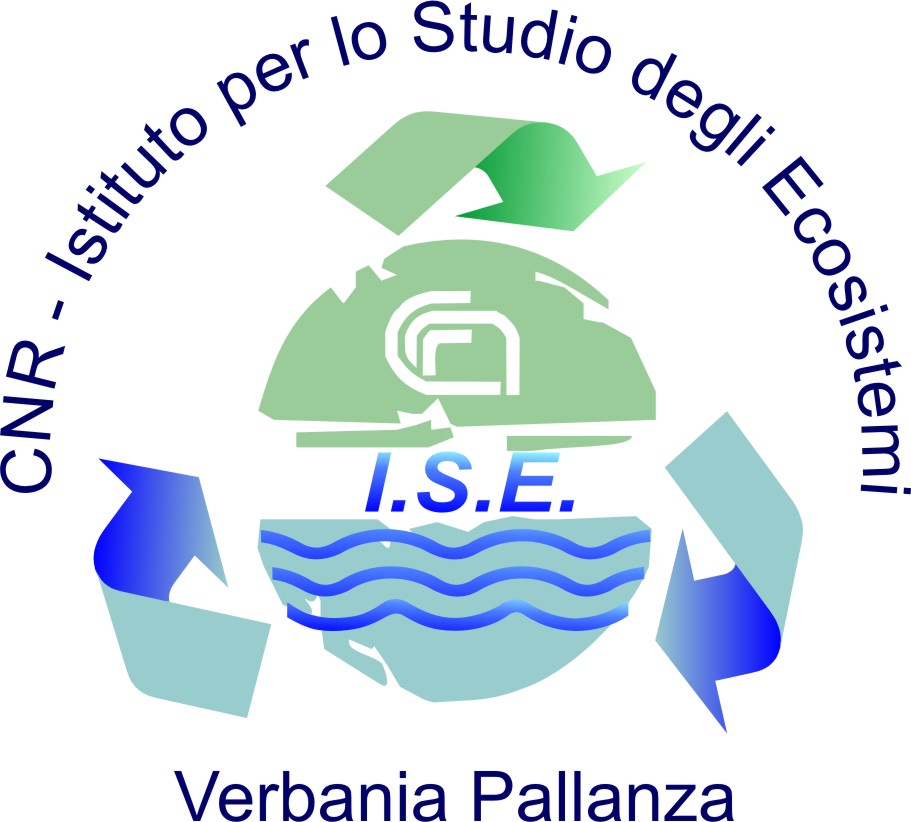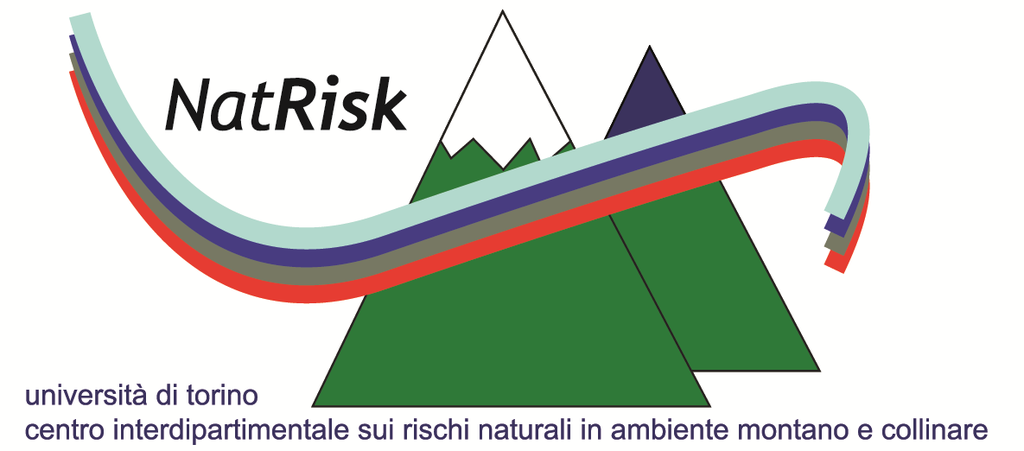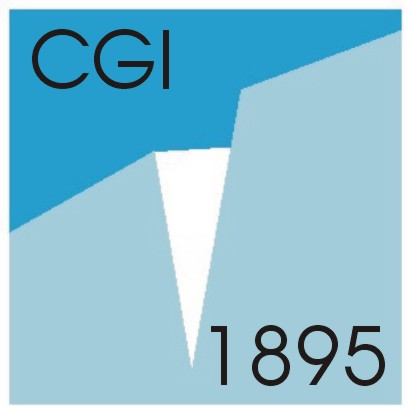You are here
High-resolution climatology for the mountain regions of Italy
Datasets of monthly climatological normals of meteorological variables (or climatologies) at a high spatial resolution have proved to be of increasing importance in the recent past, and they are likely to become even more important in the near future. Indeed, they are crucial in a variety of models and decision supporting tools in a wide spectrum of fields such as agriculture, engineering, hydrology, ecology and natural resource conservation, just to mention a few.
In order to provide sound estimations of monthly climatologies, even for areas with complex topography, a large, high-density dataset must be used together with interpolation techniques that allow the most realistic representation of the major factors driving spatial gradients.
At present time, monthly high-resolution temperature and precipitation climatologies are not available for Italy. At a national scale, only lower resolution products are available, such as the 30 km resolution temperature climatology delivered within the “Sistema Informativo Agricolo Nazionale”, as well as collections of monthly station normals, such as those produced by the National Hydrographic Service in the 1960s, or more recently, those produced by the Italian National agency for new technologies, energy and sustainable economic development (ENEA), and those by the Italian National Air Force (http://clima.meteoam.it/atlanteClimatico.php).
A very important contribution toward a better knowledge of the spatial distribution of air temperature over Italy has been given in the last years by SCIA (see www.scia.sinanet.apat.it) a system for the elaboration, update and fast availability of climatological indicators set up by the “Istituto Superiore per la Protezione e la Ricerca Ambientale” (ISPRA): SCIA is the basis for the yearly reports on Italian climate issued by ISPRA. ISPRA also produced monthly high-resolution temperature maps from 1961 to 2009, by means of regression-kriging with altitude and latitude as external variables (and also longitude for mean temperature); the underlying observational dataset, however, is plagued by rather discontinuous records (from about 200 stations in the 1960s to about 750 in 2008) as well as inhomogeneous spatial coverage.
Within this context there is need of 1961–1990 monthly temperature and precipitation climatologies at a high spatial resolution based on a dense, quality controlled observational dataset. These needs are even more evident in mountain regions where the availability of good data is particularly lacking.
Together with climate normals (spatial component), a detailed knowledge of the evolution of climate variables over the past decades (temporal component) at the adequate spatial resolution is crucial for climate change impact related studies.
It is therefore necessary to create methodologies that transfer the information of time series of meteorological data to the local scale. In practice, to create a valuable spatialization tool, it is necessary to construct virtual time series related to the points of a high-resolution grid, from the actual sparse station series.
At present time, the most promising approach to do this is based on the assumption that the spatio-temporal structure of meteorological variables over a given area can be described by the superimposition of two fields: the normal values related to a standard time period, i.e. the climatologies, and the deviations from them, i.e. the anomalies. In this sense, the availability of high-resolution climatologies, besides being important per se, is a pre-requisite for the construction of temporal series of a meteorological variable in absolute values at the adequate spatial resolution.
The projection of the anomalies onto a high-resolution grid is fully justified by the fact that the temporal fluctuations of meteorological variables, linked to the variability of climate, present a high spatial coherence. On the contrary, the climatologies are linked to the geographical characteristics of the territory: this causes very strong spatial gradients and, as a consequence, strengthens the need of a higher number of stations, though on a limited temporal interval.
Then, on the one hand, low-density data sets but with long enough temporal coverage and a high quality level in terms of homogeneity are necessary to construct the anomaly component. On the other hand, high-density data sets, even if available for a limited temporal period, are fundamental to capture the spatial gradients of meteorological variables.
The goals of this project are, i) the realization of monthly temperature and precipitation 1961-1990 climatologies at 30-arc-second resolution for the Italian Alpine region and, ii) the construction of monthly temperature and precipitation data sets (time series) in absolute values for the past decades, at the same resolution, for some target areas, with particular attention to natural parks and protected areas. Such local virtual records turn out to be a fundamental tool to evaluate the impact of climate change and variability at the local scale in a region characterized by a very heterogeneous climate. Moreover they are very useful in order to downscale the climate projections for the future at the local scale. The case studies will be focused on three natural parks and protected areas and, in particular, on the Gran Paradiso, the Stelvio and the Paneveggio – Pale di San Martino National Parks.




























